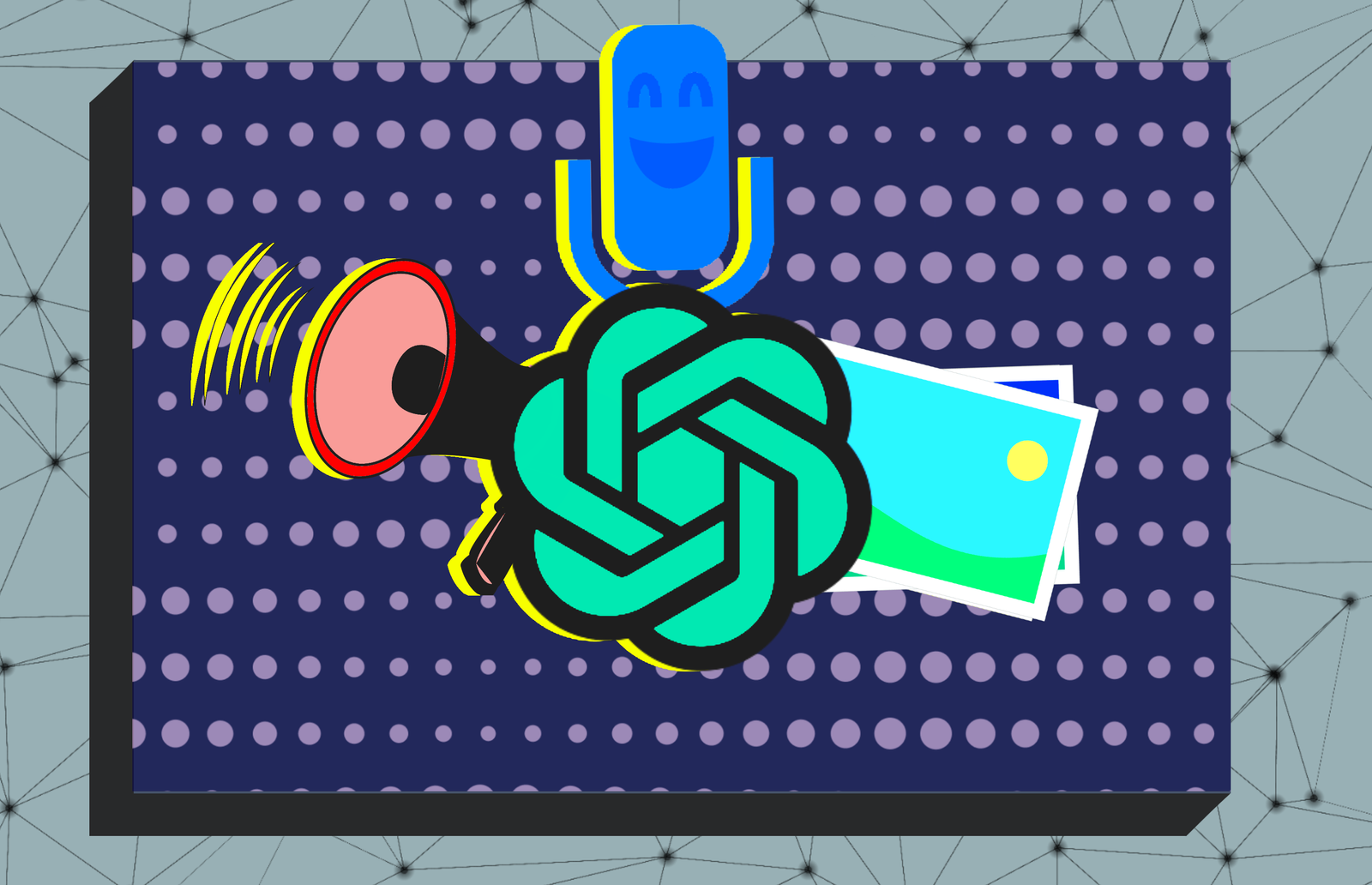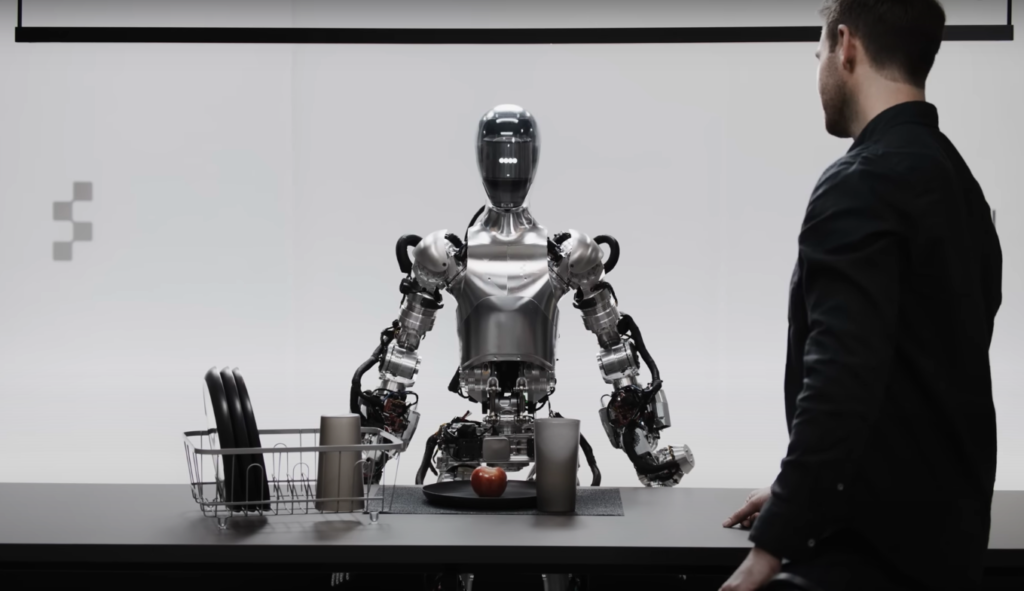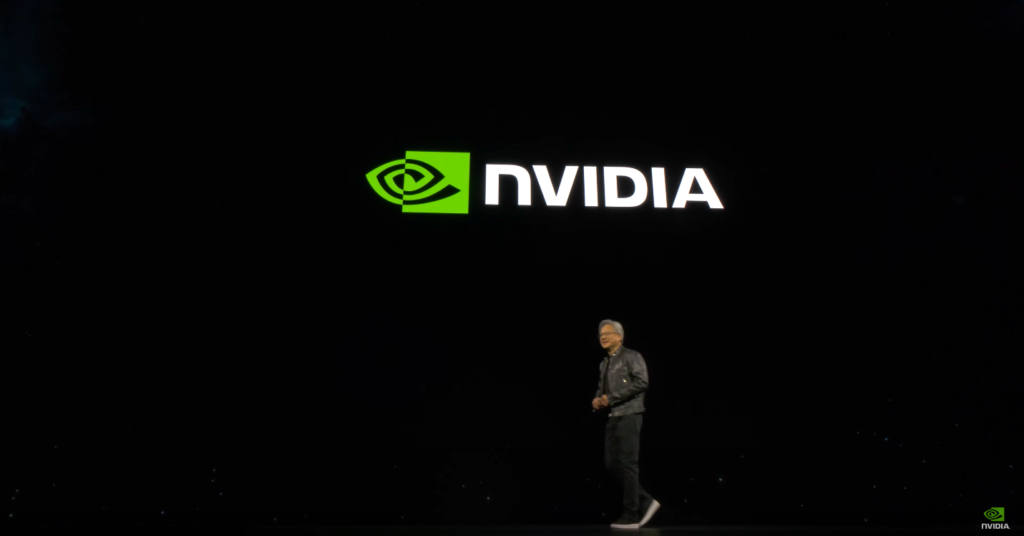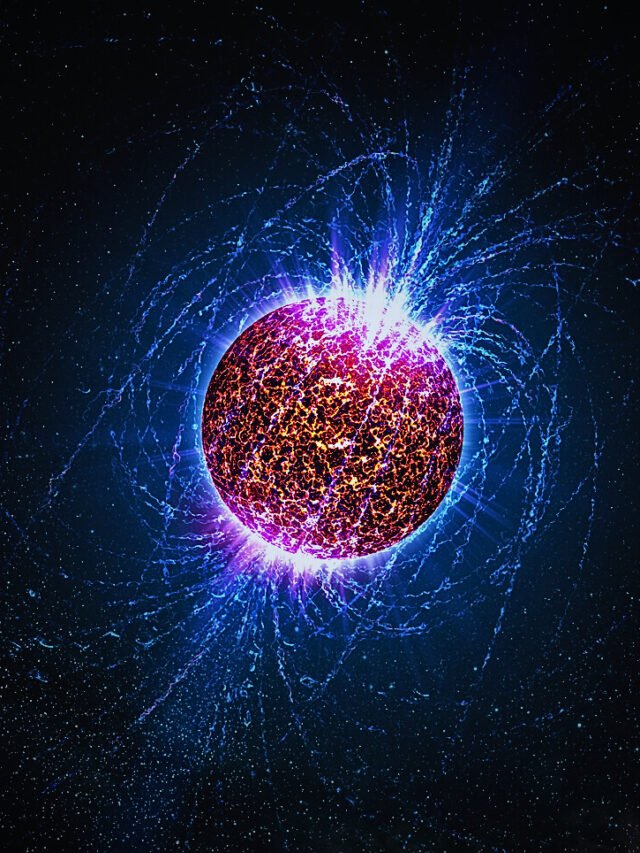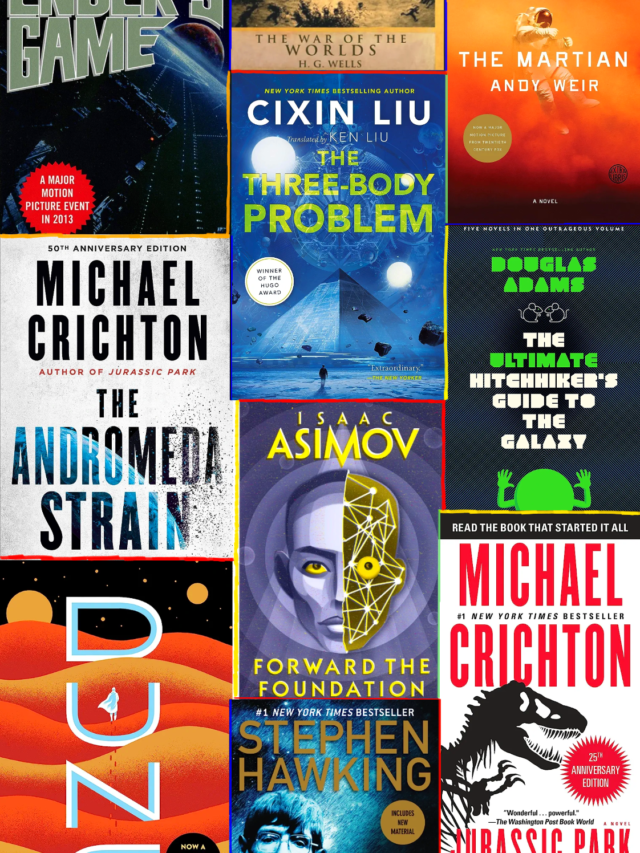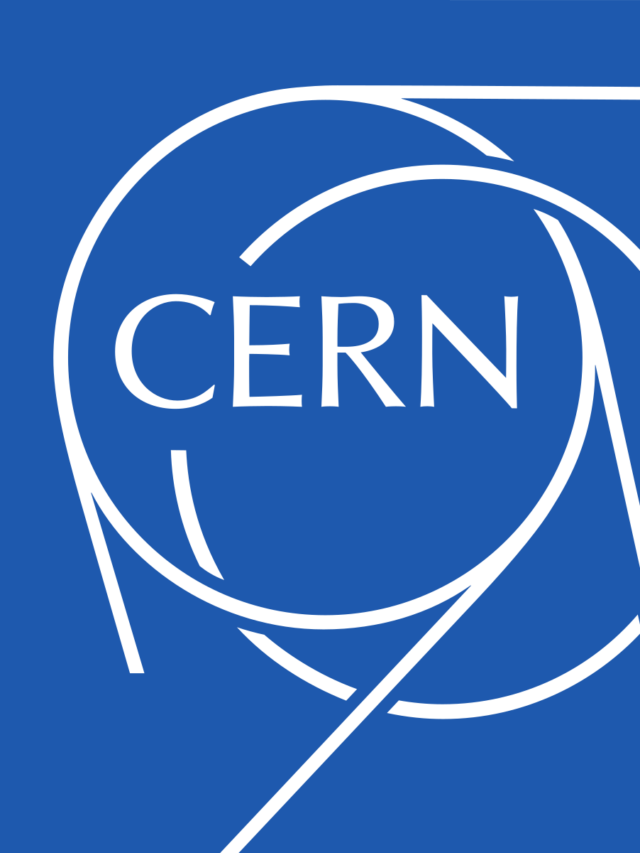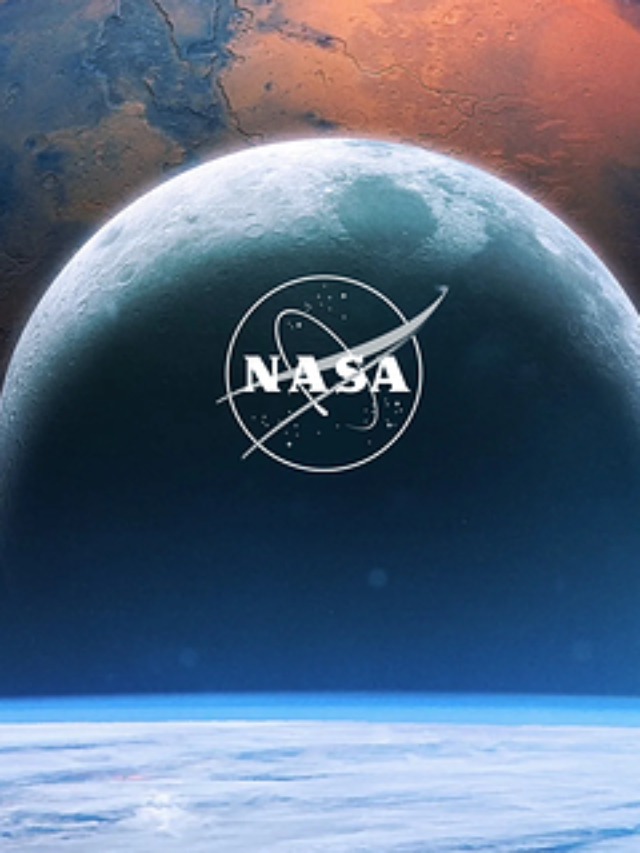OpenAI has added voice and image capabilities to its AI chatbot, ChatGPT. This means that ChatGPT can now talk, listen, and see images. These new features provide a more intuitive interface for users.
Time to read: 5 minutes
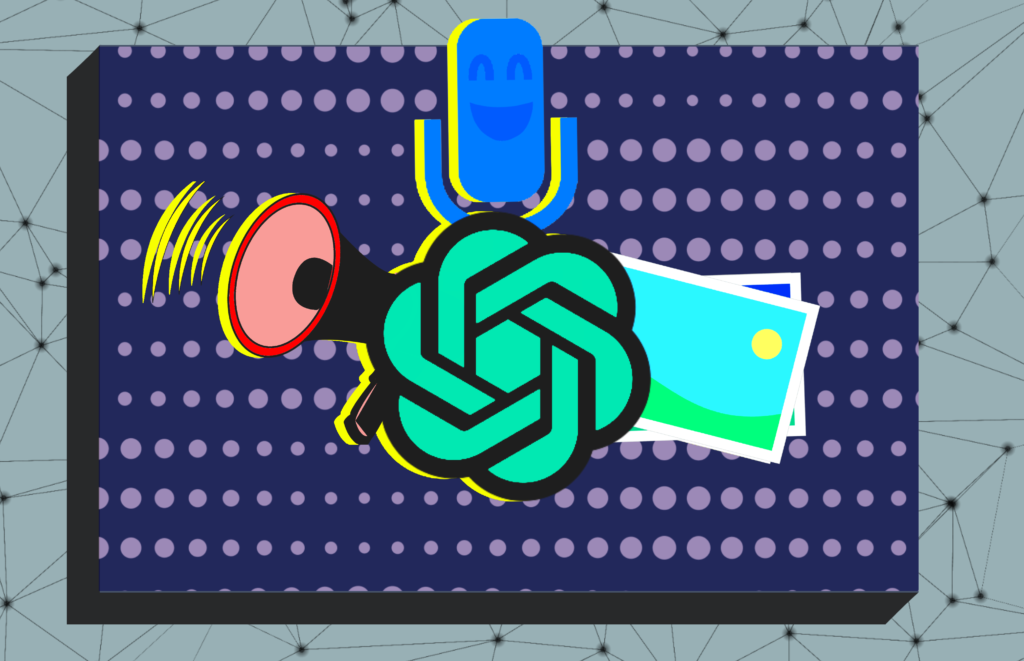
In the ever-evolving landscape of artificial intelligence, OpenAI has consistently been at the forefront of innovation. Their flagship model, ChatGPT, has been a game-changer in the world of natural language processing. In addition, OpenAI has recently introduced two groundbreaking features: voice and image integration.
ChatGPT, a popular AI-powered chatbot, has new voice and image capabilities. These new features allow users to have more natural conversations with ChatGPT by speaking to it and showing it images.
Voice Input
Users can now speak conversationally with ChatGPT, which can now respond audibly in one of five synthesized voices. This makes it possible to have a back-and-forth conversation with ChatGPT, without having to type anything.The new voice feature uses a new text-to-speech model to generate human-like audio from text and sample speech. OpenAI worked with professional voice actors to create the voices. Furthermore, OpenAI uses its open-source speech recognition system, Whisper, to transcribe your spoken words into text.
Image Understanding
Users can now show ChatGPT one or more images and it will try to understand what they are and what they mean. This is powered by multimodal GPT-3.5 and GPT-4, which are models that apply their language reasoning skills to a wide range of images, such as photographs, screenshots, and documents containing both text and images.For instance, while traveling, you could show ChatGPT a picture of a landmark, and it could tell you its name, construction date, and some interesting facts about it. Or, you could show ChatGPT a picture of your fridge and pantry and it could suggest meal ideas or provide step-by-step recipes.
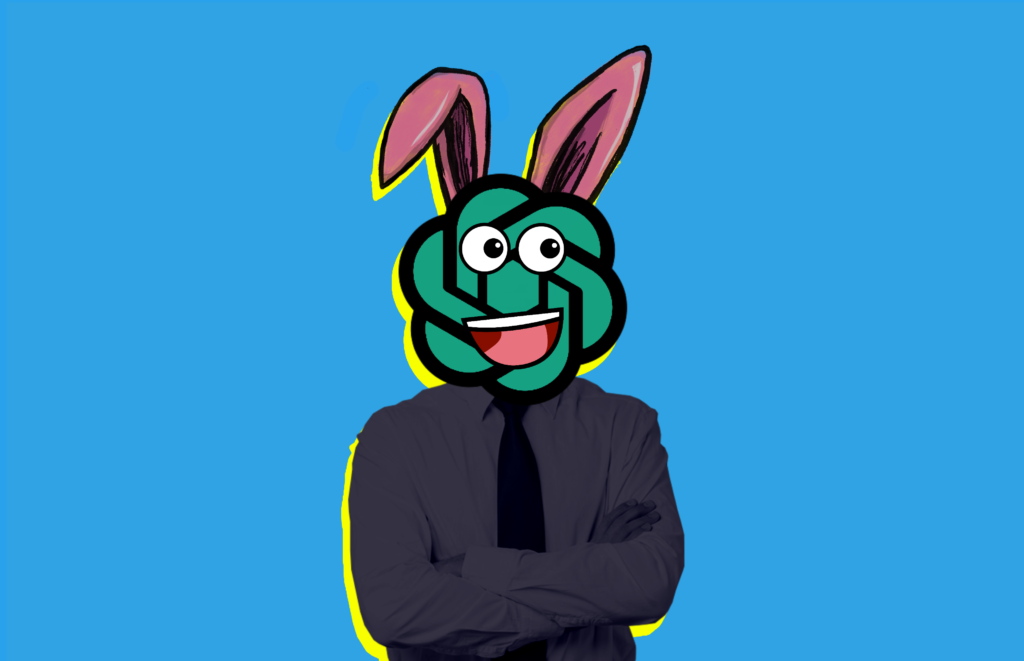
Potential Applications
The new voice and image capabilities in ChatGPT have a wide range of potential applications. Here are a few examples:
- Education: ChatGPT is a help for students to learn new concepts and skills. For example, a student could ask ChatGPT to explain a complex math problem or to provide feedback on a writing assignment.
- Customer service: ChatGPT can provide customer support. For example, a customer could ask ChatGPT about a product or service, or get help troubleshooting a problem.
- Entertainment: ChatGPT can entertainment. For example, you could ask ChatGPT to tell you a story, to write a poem, or to generate a funny response.
- Productivity: ChatGPT can help you be more productive. For example, you could ask ChatGPT to take notes for you during a meeting, to generate a summary of a document, or to translate a piece of text into another language.
Safety and Responsibility
OpenAI is gradually releasing new voice and image features in ChatGPT to ensure that they are used safely and responsibly. Voice chat is the first use case, and image input is being tested with a small group of users.
OpenAI is working on the issues with the new features, such as the possibility of malicious actors using voice technology to impersonate famous people or commit fraud. OpenAI is also working on limiting ChatGPT’s ability to analyze and make direct statements about people, as these systems should respect people’s privacy.
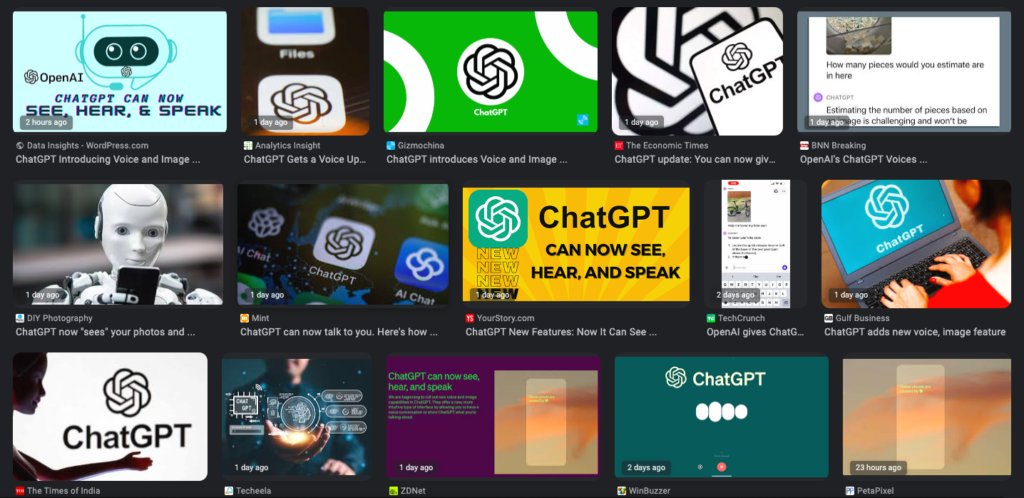
Using Voice and Image Capabilities to Improve Your Life
Here are some specific examples of how the new voice and image capabilities in ChatGPT will help effectively:
- As a student: You can use ChatGPT to help you with your homework, exams, and papers. For example, you can ask ChatGPT to explain a difficult concept, make practice questions, or give feedback on your writing.
- As a customer service representative: You can use ChatGPT to help customers with their questions, problems, and needs. For example, you can use ChatGPT to answer customer questions about your company’s products or services, help customers solve problems with their accounts, or provide support to customers who are having a bad experience.
- As a teacher: You can use ChatGPT to personalize learning for students, give feedback on work, and assess learning. For example, you can use ChatGPT to make quizzes and exercises for each student, give feedback on writing assignments, or create lesson plans that are tailored to the interests and needs of your students.
Additional Thoughts
The new voice and image features in ChatGPT are a big step forward for AI chatbots. They make it possible to have more natural and engaging conversations with chatbots, and they open up many new uses.
It is important to use these new features responsibly and to be aware of the potential risks. For example, you should be careful about what information you share with ChatGPT, and you should be aware that ChatGPT may not always be accurate or reliable.
Overall, the new voice and image capabilities in ChatGPT are a positive development. They make chatbots more useful and versatile. They have the potential to improve our lives in many ways.
If you are interested in upcoming new technologies then you should read our article on Microsoft’s Copilot and the Future of AI, click on the post below:
If you liked this article, share it with your friends who like science and technology. If you want to read more articles and web stories like this, click the link below.
If you like to watch videos like this article, go on our YouTube channel. We’ll be uploading more stories like this there:

